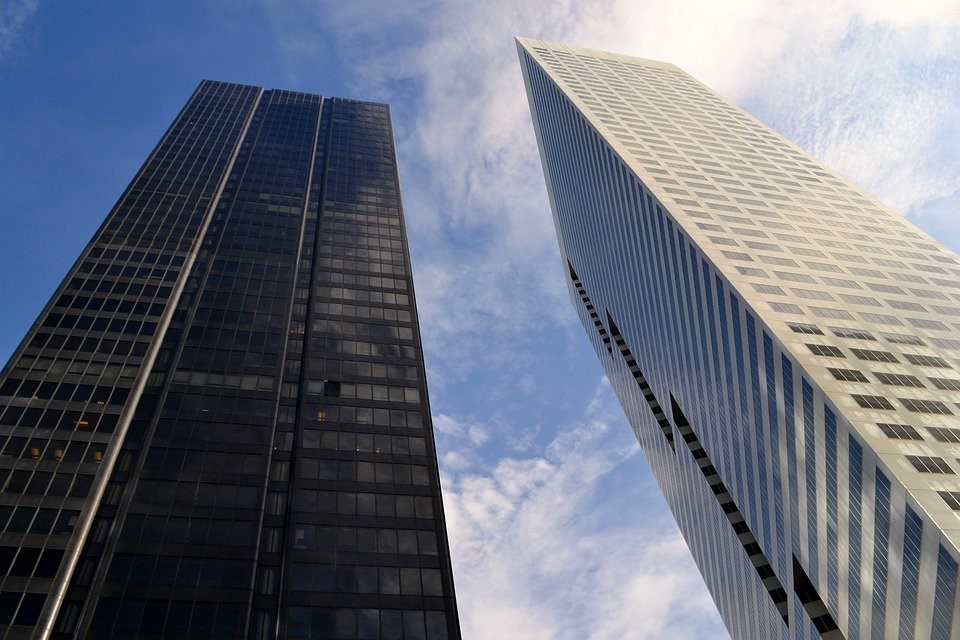Low-interest rates and low-cost borrowing do not necessarily mean it’s a good idea to invest in commercial property because it’s inexpensive. However, as lockdowns eased in 2021, commercial yields stayed prominent with retail showing signs of recovery and offering opportunity for eager investors.
When central and commercial banks, as well as other lenders and building societies, set their negative rates below 0%, they are referred to as negative interest rates. Negative interest rates discourage saving and the ownership of low-risk assets with returns of 0% or less. Instead, investors would do well to seek out low-cost loans in order to pursue higher-risk and higher-return ventures, thereby fuelling the economy.
Interest rates and inflation are inextricably related to commercial property investments, as they are to any investment. However, dismissing the overall functions of various other economic forces would be foolish. Commercial property and interest rates have a complicated relationship since a low-interest rate environment indicates economic contraction, which means lower yields and increased vacancy rates for commercial property. Low-interest rates, especially those as low as 0.1 percent, provide ultra-cheap lending, boosting commercial market activity as investors seek to leverage. Low-interest rates boost debt yield by allowing for high-LTV and low-interest mortgages.
In this time of low-interest rates and rising inflation, we are presented with exceptional economic conditions for commercial real estate, allowing investors to combine low-interest loans with growing economic sectors. As things stand, low-cost borrowing should encourage commercial investment in new and current projects, and the persistent gap between inflation and interest rates is placing investors in an excellent position to absorb any future interest rate hikes.
Rising interest rates, on the other hand, raise the cost of borrowing while also indicating economic development. This might result in better returns and fewer vacancies. Historically, commercial real estate was employed as a hedge against inflation, safeguarding investors from the depreciation of their money’s buying value. Low-interest rates may even lead to banks charging clients who deposit their money in savings accounts. A negative interest rate of -0.25%, for example, might cause funds to decline by the same amount- a startling proposal.
What we do know is that low-interest rates imply a cheap cost of borrowing and that commercial property yields exceed low-risk investments, like bonds, by a wide margin. Growing commercial property industries promise to be highly formidable when cheap borrowing costs are combined with robust demand. Negative interest rates, on the other hand, cannot indicate perfect circumstances for a commercial property investment if consumer confidence is severely low.
Negative interest rates are a real possibility. However, they’re incredibly implausible, and they’re becoming less likely by the minute as inflation rises. Over the next few years, investors should keep an eye on interest rates and inflation, but not overreact. Neither is in a bubble and as long as returns stay high and steady, commercial real estate will continue to be at the top of the heap for the foreseeable future. Property, on the other hand, tends to inflate at a faster than the reasonable rate during periods of low-interest rates, and values fall faster than predicted with an increment in the interest rates.
